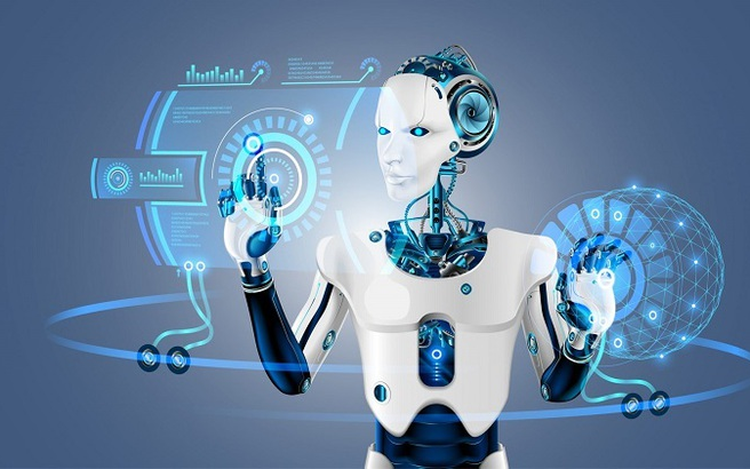
The development of AI is driving automation and increasing labor productivity. Photo: B.N. / Tuoi Tre
This will include $45–55 billion from increased consumer demand for AI-powered products and services, along with $60–75 billion in cost savings from automation, predictive analytics, and performance optimization in production.
The figures were presented in a report titled 'Vietnam's AI Economy: Breakthrough Opportunities and Development Directions,' released on Thursday in Hanoi by the National Innovation Center, the Japan International Cooperation Agency, and Boston Consulting Group Vietnam.
According to the report, Vietnam ranked second in Southeast Asia in 2024 in terms of the number of startups and investment capital focused on AI.
A key driver of AI development is the growing digital and IT workforce. More than 150 universities in Vietnam offer IT-related courses, producing over 60,000 graduates annually.
The report identifies three pillars driving Vietnam's AI economy: the expanding adoption of AI across both public and private sectors, a developing AI ecosystem, and the establishment of internationally standardized AI talent.
In addition to these pillars, supporting factors include improving public awareness of AI, access to high-quality computing infrastructure, and the implementation of clear, sustainable AI development policies.
Globally, AI is projected to contribute around $5 trillion to the world economy by 2030 through increased revenue and reduced costs driven by automation, data-driven decision-making, and operational efficiency.
As for Vietnam, AI is projected to significantly impact various sectors of Vietnam's economy, contributing an estimated $25–30 billion in manufacturing, $15–20 billion in consumer products, $10–15 billion in financial services, $10–14 billion in telecommunications, $10–15 billion in education, $7–10 billion in environment and agriculture, and $35–40 billion across other sectors.
AI applications are increasingly being integrated into multiple industries across the country.

Vu Quoc Huy, director of the National Innovation Center, speaks at the launch of the report 'Vietnam's AI Economy 2025.' Photo: B.N. / Tuoi Tre
In agriculture, AI systems are used to monitor crops, detect pests and diseases, forecast potential outbreaks, and recommend appropriate countermeasures.
In the environmental sector, AI-powered monitoring systems equipped with drones, cameras, and sensors are deployed to track air and water quality as well as wildlife activity in national parks.
Within culture and tourism, AI chatbots provide 24/7 tourist assistance, update visitors on destinations and events, and answer common queries.
In healthcare, AI applications offer personalized medical services, especially to vulnerable communities.
In transportation, AI-driven license plate recognition systems detect traffic violations in real time, contributing to improved road safety.
Meanwhile, in finance, AI assistants support taxpayers by answering questions, providing guidance, and granting access to tax-related tools.
To achieve the projected AI economy value of $120–130 billion, Nguyen Hoang Hung, director of technology at Viettel AI, highlighted three high-potential sectors: public administration, education, and healthcare.
He said that successfully integrating AI into education could lead to a breakthrough in human resource development.
In healthcare, AI could help close the gap in expertise between central hospitals and local or rural medical facilities.


Max: 1500 characters
There are no comments yet. Be the first to comment.